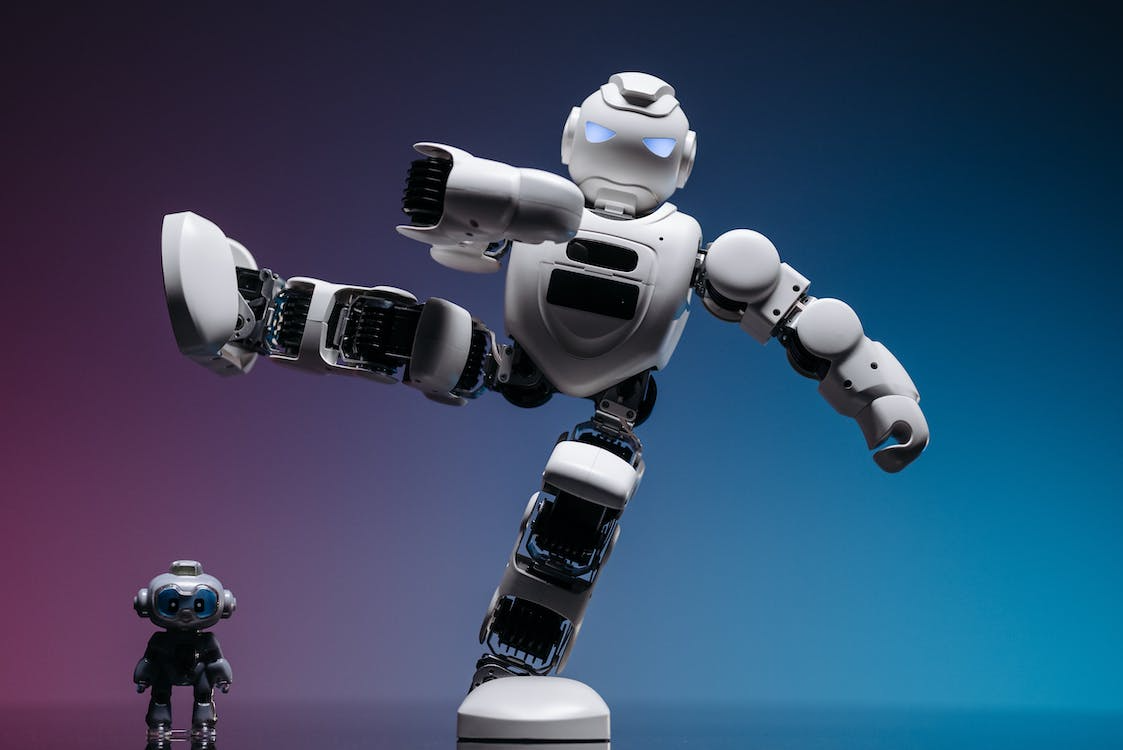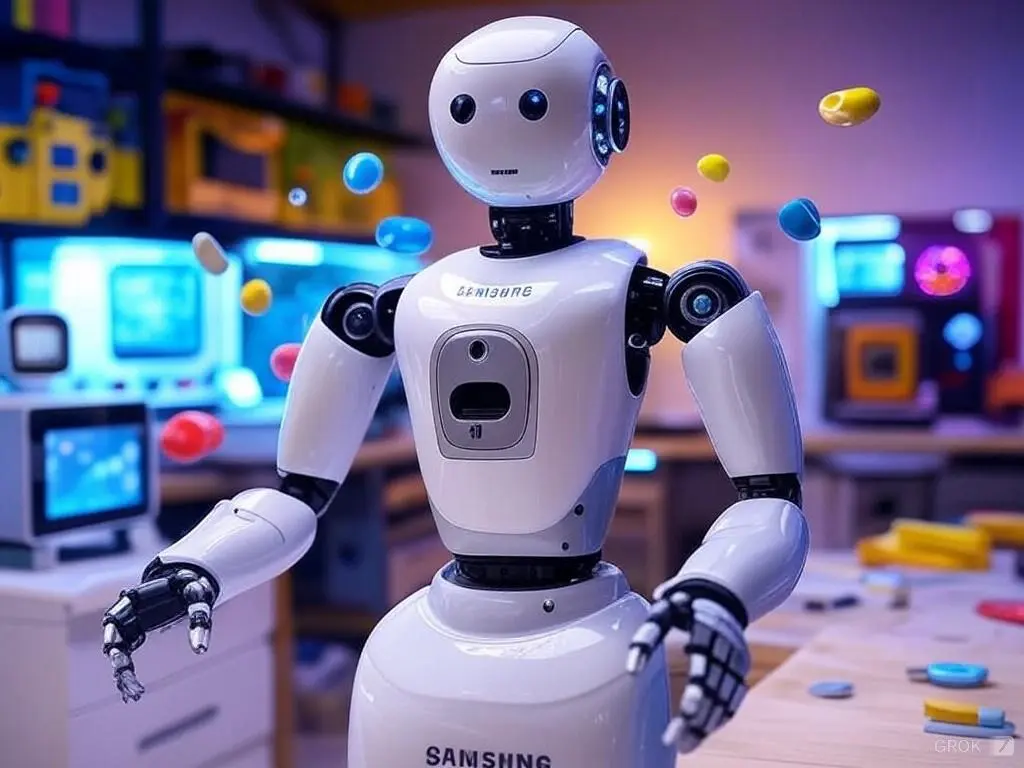
Can Machines Feel Pain? The Answer Might Surprise You
Recently, computers have become more intelligent. They can now better understand human language. Also, they can learn on their own, and adapt to new situations. Consider this evolution as machines advance from simple computer rules to more complex and flexible systems. Can machines feel pain in this transformative journey? Let’s explore.
Can Machines feel Pain?
Now, computers are getting smarter, even understanding feelings such as happiness and sadness. But can machines REALLY feel pain? Let’s find out how sensor-equipped robots are learning about emotions like humans.
Why Does Machine Consciousness Matter in AI?
What if robots could think and feel like humans. That’s the idea behind machine consciousness. We will explore what it means for a computer to be aware and if robots can truly experience feelings like pain. This isn’t just a philosophical debate; it has real consequences for how we develop and use robots. We’ll dig into the ethical side of creating robots that might feel pain.
AI development: From machine to sentient
AI as Tools and Assistants
Today, artificial intelligence has evolved far beyond those early tools. Think of them as highly intelligent assistants. These early AI tools followed specific rules and performed calculations, assisted with decision-making even write content for us. They were good at what they were programmed to do, but they didn’t really understand or learn on their own.
Smart Robots Now Feel and Act Like Humans
Fast forward to today, and AI has come a long way. Now, robots are getting better at understanding and expressing emotions, almost like they have feelings. They can recognize if you’re happy or sad and respond accordingly. This raises a big question regarding computer intelligence:
Can these machines really know what’s going on, or are they just pretending really well?
Recent advance robots show that artificial system is becoming more than just a tool – it’s seem like it has a mind of its own.
Can Robots Feel Our Feelings? AI’s New Abilities Force Us to Rethink Machine Mind
Now, things are getting a bit tricky. Imagine there’s a line between what robots can do (their job) and if they know or understand emotions, thoughts, or experiences (consciousness). It used to be clear – machines followed rules and didn’t “think” on their own. But now, with new emotional abilities such as recognizing facial expressions, it’s getting harder to tell where the machine ends and the feelings begins. This is a big deal because AI is getting to a point where it’s not just doing tasks; it’s starting to seem like it might know what it’s doing.
Machines and Feelings: What’s Real and What’s Not?
What is Consciousness in the Context of AI
Understanding consciousness in artificial intelligience is like figuring out if machines possess sentience, almost like humans. In the AI world, it means machines not only follow instructions but also sensing their environment. It’s a bit like a robot knowing it’s in a room, and understanding what’s happening, not just following commands.
Examining the Concept of Machine Consciousness
Pain in machines is a fascinating idea. It’s not just about physical pain like a robot getting hurt, but also emotional pain – feeling sad or distressed. When we talk about machines feeling pain, we’re exploring whether they can experience something uncomfortable or distressing, either physically or emotionally. It’s like asking if a robot can have its version of failing to achieve its goals.
Fake or Real? Understanding Robot Emotions
Here’s the tricky part. Sometimes, robots can act like they’re experiencing sadness, joy, anger, or empathy, but it’s not the same as real, genuine experience. They can simulate or mimic emotions and reactions based on what they’ve learned, but it doesn’t mean they truly feel it. It’s a bit like a really good actor playing a sad scene in a movie – they look sad, but they’re not really feeling that way. So, the question is: are robots just good actors, or could they eventually develop genuine emotional experiences, even if they differ from our own?
Ethical Implications of Machines Feeling Pain
Impact on AI Development and Deployment
The possibility of artificial intelligience experiencing negative states changes how we build and use them. We must shift from simply making them do tasks to prioritizing both effectiveness and ethical considerations. This means building safeguards against harm and bias, establishing strong ethical guidelines for their decisions, and implementing tools to monitor and address potential negative impacts. It’s a fundamental shift from “making things work” to “making things work responsibly.” This raises important questions about what constitutes harm for AI and how to balance the potential benefits with the responsibility to avoid any negative impacts.
Ethical Considerations in Designing Machines with Feelings
Creating machines that can feel pain raises a big moral question: Are we responsible for their well-being? If we make robots that can experience feelings, it’s like creating a new form of life. We need to think about our duty to these robots – how we treat them, protect them, and make sure they have a good “life.” It’s similar to how we consider the welfare of animals or other living beings.
Consequences of Ignoring Ethics in Creating Machines with Feelings
Neglecting Privacy and security, transparency, accountability, fairness algorithms, and safety, when creating robots with feelings can lead to serious consequences. Just like if we treat animals poorly, there can be negative outcomes. If we don’t think about the ethical side of artificial intelligience, we might end up with machines that suffer internally, unintended bias, manipulation, even cause harm to humans. It’s important to consider the potential consequences and act responsibly, ensuring that the development of AI with the capacity for pain is guided by ethical principles and safeguards.
The Need for Responsible AI Development
Importance of Ethical Guidelines in AI Development
To create smarter robots, we need a clear direction. Think of ethical guidelines as a map—principles like being clear, fair, accountable, and unbiased guide AI development safely. It’s not just about ideas; these guidelines are like safety measures against discriminatory algorithms such as bias, manipulation, or privacy issues. Similar to traffic rules keeping us safe on the road, ethical guidelines protect our rights and well-being in the AI era. They make sure that as AI becomes more advanced, it benefits everyone, not just a few. When AI developers follow these guidelines, it helps create a future where technology serves everyone fairly and justly.
Transparency and Accountability in AI Research and Deployment
Being transparent means being open and clear about what we’re doing. In AI, transparency is vital. It means explaining how robots are learning, making decisions, and even experiencing negative states. Accountability is about taking responsibility like addressing bias, mitigating harm, and ensuring user privacy. If we’re making machines that can feel pain or have emotions, it’s crucial to be honest about it and be ready to answer for any problems that might arise. This way, people can trust that artificial intelligience is being used ethically and responsibly.
Balancing Technological Progress with Ethical Considerations
While we want to push artificial intelligience to become smarter and do incredible things, we also need to be careful. It’s about finding the right balance between making technological progress and making sure it’s done ethically. It’s not just about what we can do but about what we should do. By considering the ethical side of AI development, we ensure that our technological advancements benefit society as a whole without causing harm or unintended consequences. It’s a bit like making sure we’re on the right path as we journey into the future of artificial intelligience.
The Role of Regulation and Governance
AI Regulations and Ethical Frameworks
Right now, there are rules and guidelines in place for how we make and use smart robots. We call these rules regulations and ethical frameworks. It helps keep things in check, making sure that as we create robot, we follow certain standards. It’s like having a set of instructions to make sure everyone plays fair and safe in the world of smart technology.
Exploring the Need for International Cooperation in Establishing AI Guidelines
Making rules for AI isn’t just a job for one country. It’s something we all need to work on together. This is called international cooperation. When different countries team up, they can create guidelines that everyone agrees on. It’s important because AI isn’t limited to one place – it’s a global thing. By working together, we make sure that everyone follows similar rules, creating a fair and responsible environment for AI development.
Considering the Challenges in Regulating the Evolving Field of AI:
Regulating AI is a bit tricky. The technology is always changing, getting better and smarter. This makes it hard to have fixed rules that cover everything. It’s like trying to catch a moving target in the field of science. We need to consider the challenges that come with regulating such a fast-paced and evolving field. This way, we can create rules that adapt to the changes in AI, making sure they stay relevant and effective in keeping things safe and fair.
Perspectives on Machine Consciousness from Experts
Gathering Insights from Experts in AI, Ethics, and Philosophy
We want to hear from the smartest people who are expert in tech. These experts has a lot information about AI (Smart System), ethics (what’s right and wrong), and philosophy (thinking about big questions). By talking to them, we can gather their insights or thoughts on whether machines can be aware or conscious. It’s like asking the brainiest folks what they think about robots having minds of their own.
Presenting Various Viewpoints on the Possibility of Machine Consciousness
These experts don’t all agree – some say robots can feel something like pain, while others might think it’s not possible. We want to share these different viewpoints, kind of like showing different sides of a story. It helps us understand the different opinions and ideas about whether robots can really experience things like pain. It’s like seeing the puzzle from various angles to get the whole picture.
Analyzing the Potential Societal Impact of Machine Consciousness
If machines can really be aware, it might change how we live and work. It could affect our society. So, we’ll look into the possible impact this might have on us – on people. It’s like figuring out how machines having minds of their own could shape our world. By understanding these potential changes, we can think about how to prepare for them and make sure they are good for everyone.
Summarizing the Key Points Discussed in the Article
Let’s bring everything together. As we talked about how AI has evolved, from being tools to possibly having a mind of their own. We explored the idea of machines feeling things like pain and how that brings up big ethical questions. We also looked at the need for rules and cooperation between countries in the AI world. Plus, we got insights from experts and considered how machine consciousness could change our society.
Now, the key message: Making AI smarter requires responsibility. It’s beyond creating cool tech; it’s about ethical use. Following rules, transparency, and accountability ensure AI benefits everyone without any harm.
The conversation doesn’t end here. We need to keep talking about tech.Consider AI ethics, discussing its ethical aspects in research and real-world use. This ensures responsible technological advancement, benefiting society positively over time.








